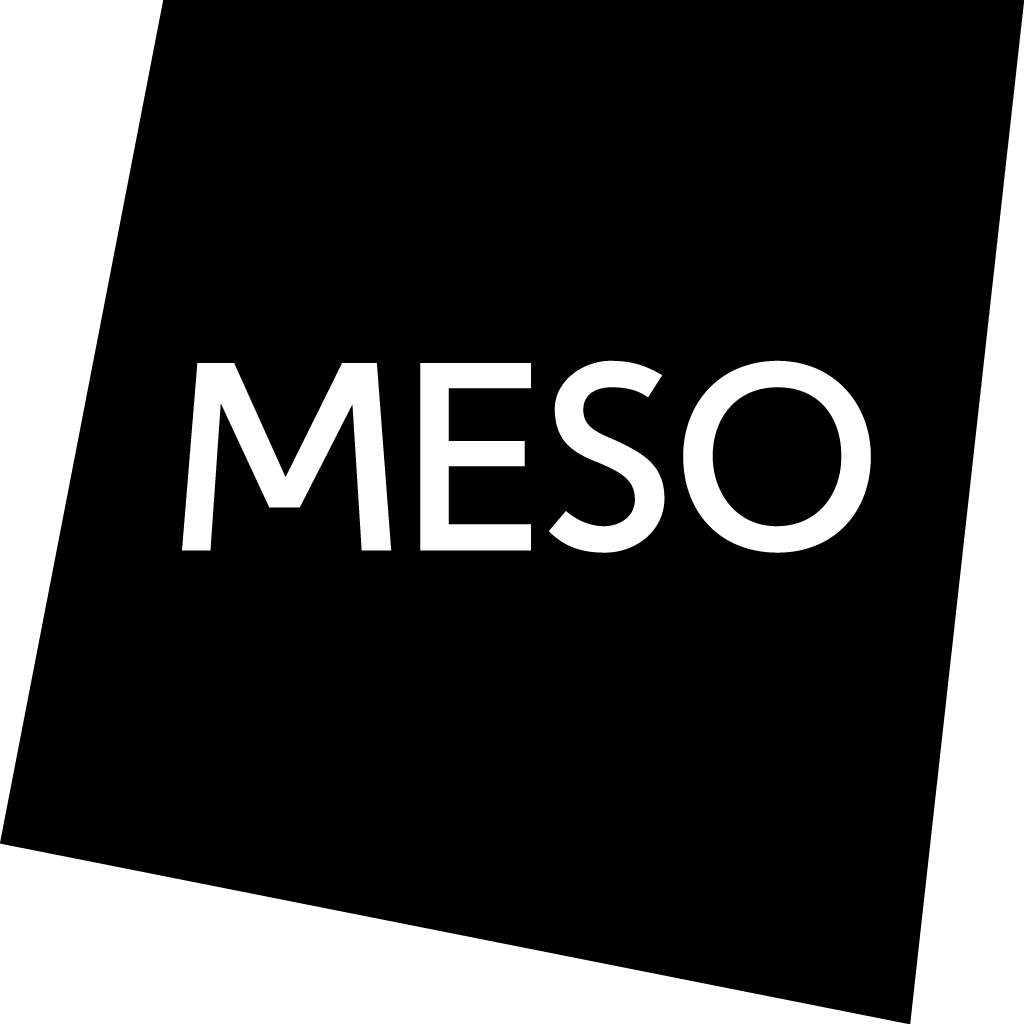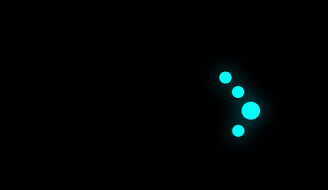Cocoon Club realtime 360° visuals
Oschatz / Wolf / Wollin
Gutleutstraße 96
60329 Frankfurt am Main
++49 69 2 40 00 30
digitalinteriors@meso.net
- Project: Cocoon Club realtime 360° visuals
- Date: July 2003
- Client: Cocoon Club GmbH
- Contractor: 3deluxe, System Modern GmbH
- Location: Frankfurt am Main
- Tasks: Media Systems Design, Interface Design, Motion Design, Realization
In more than two years of planning and building our client 3deluxe from Wiesbaden developed an overall creative concept connecting architectural, medial and graphic elemets for Sven Väths 2700 sqm wide CocoonClub.
MESO Digital Interiors developed the media concept for the several digital performances with the result of an extraordinary mixture of music and design making the CocoonClub a unique location.
cocoon
Cocoon Club Micro Players
Digital Lighting Fixtures for the Micro Restaurant in the Cocoon Club
Cocoon Club Personal Room Control
Cocoon Club Personal Room Control Devices
cocoon.net corporate website
Corporate website for Cocoon Music Event and Cocoonclub
Light & Projection
The light design developed by 3deluxe and Andreas Karlen is based on an all-around projection covering the whole circumferential „membrane wall“ with animations generated in real time. So the walls style is constantly changing in tune with the rythm of the music.
The video animations are played out via a computer cluster that holds ready an individual 19”-render client with high-capacity Radeon graphic cards for every one of the 23 projectors in use. For the long cable run of the installation the output signals were enhanced with RGB-lineboosters. Moxa Portservers were installed close to the projectors to switch them on or off by transforming the network signals in serial control information.
All render clients of the video network are run by MESOs multi-purpose toolkit VVVV. A central server controls the whole network, accessible from four workstations within the Cocoon Club. These workstation are equipped with touch screens to simplify the access to the several parameters of the networks.
VVVV is a graphic computer language based not on the usual text input but on patching of graphic elements – similar to the connection of several subsystems in a modular synthesizer. The coding is executed in real time when the system is running, so the effect of every modification is visible immediately. This peculiarity furthers a steep training curve and is an inestimably advantage for interactive installations.
VVVV was delivered with a broad object library specified for the creation of high quality 3D animations and considers all features of recent 3D graphic cards. To realise the high aesthetic requirements of 3deluxe several functions to work with Direct-X, Vertex- and Pixelhaders were purpose-made for the interactive applications in the Cocoon Club. So the user is amongst other things able to access the source code of the Pixelhader directly.
The motivation for the development of VVVV is explained Sebastian Oschatz, co-founder of MESO and driving force behind VVVV: “MESO always tries a balancing act between artistic and commercial projects. For a long time VVVV was only a tool for our own projects. But since two years everybody interested has access to the software. The input of the new users is alongside our ownobjectives elementary for the further development of VVVV.”
VVVV runs on most installations of industry-computers (Windows 2000 oder XP) with a high quality graphic card. The multi-purpose toolkit is not only used in the event sector but also implemented successfully in the broadcasting sector, e.g. to deliver the virtual stage setting for WDRs scientific programme Q21. “All applications with the need for real-time generation are possible because of the high-quality video output signal” refers Sebastian Oschatz to VVVVs possible developments of the future.
3D-Animation & Controlling
VVVV defines several virtual devices in the Cocoon Club to to influence the clubs atmosphere in real time via a “grandMS”-light console from MA Lighting. The video-rendering is constructed like an extensive parametrised moving-light at the “grandMA” so that classical light and computer animations are perfectly synchronised. For the communication between VVVV and the light console the open UDP-based ArtNet protocol (www.artisticlicence.com) was implemented. Hence the RoomJockey is able to engage at the light console with the illumination as well as with software generated instructions for the render clients.
Several add-on modules were developed as touch screens to supplement the “grandMA” and to allow easy access to all parameters:
- with the sequencer module all parameters of the console can be overwritten.
- Animations matching the music can be imported live via touch screen and are directly synchronised with the music.
- the specially developed selector-interface is used to choose one of the textures, 3D-models and videos delivered by 3deluxe.
The pictures in the club are generated after several principles.
Other principles of the real-time generation are based on texturised 3-D objects that can be shifted in all directions and are used for the reflection-mapping and parametric animations via B-spline curves and text objects.
Apparently the possibilities to illuminate Cocoons dance floor are overhelming. “Master” of this system is Easy, a RoomJockey who has worked with Sven Väth for years. Easy understands himself as artist who wants to create illuminations and projections like a musician playing his instruments. Hence common user interfaces and Mouse/Screen combinations to control the light system were not required. Instead the light control system was constructed as part of the whole performance so Easy can develop his creations at various interfaces. One particular feature is a musical glass composed of two “CarrolTouch”-panels (Elo Touchsystems) that can be played two-handed. It manipulates up to four parameters simultaneously that can be recorded as loops on the sequencer and replayed in the rhythm of the music. Every “CarollTouch”-panel works with a X/Y-matrix of 36×48 light barriers.
To sum it up, the illumination concept of Cocoon Clubs dance floor is complex and unmatched installation. Its sheer infinite possibilities will reveal itself certainly only in the course of time – one can be curious about the set-ups the RoomJockey Easy will perform in the future.
LED-matrix:
Curious glances are caused again and again by a cubic LED-Matrix composed of 144 vertical platinum strings, designed by Andreas Karlen. Every one of the 12×12 platinum strings was equipped with eight individually controlled LEDs, that means a total number of 1.152 illuminating diodes. The cube is connected through three DMX-universes to one PC via ArtNet-protocol. The PC itself is connected with the grandMA so that the RoomJockey can access among other things different presets and images. In addition nine “top-level”-parameters were developed to allow direct access to the most important features. Again our VVVV-software was used to develop the adjustments. Without this multipurpose tool-kit the coding of such a complex 3-dimensional matrix would have not been possible.
The meso team: Sebastian Oschatz, Max Wolf, Joreg Diessl, Eno Henze, Sebastian Gregor, Sven Bauer, Michael Mehling, Florian Egermann and many more.



